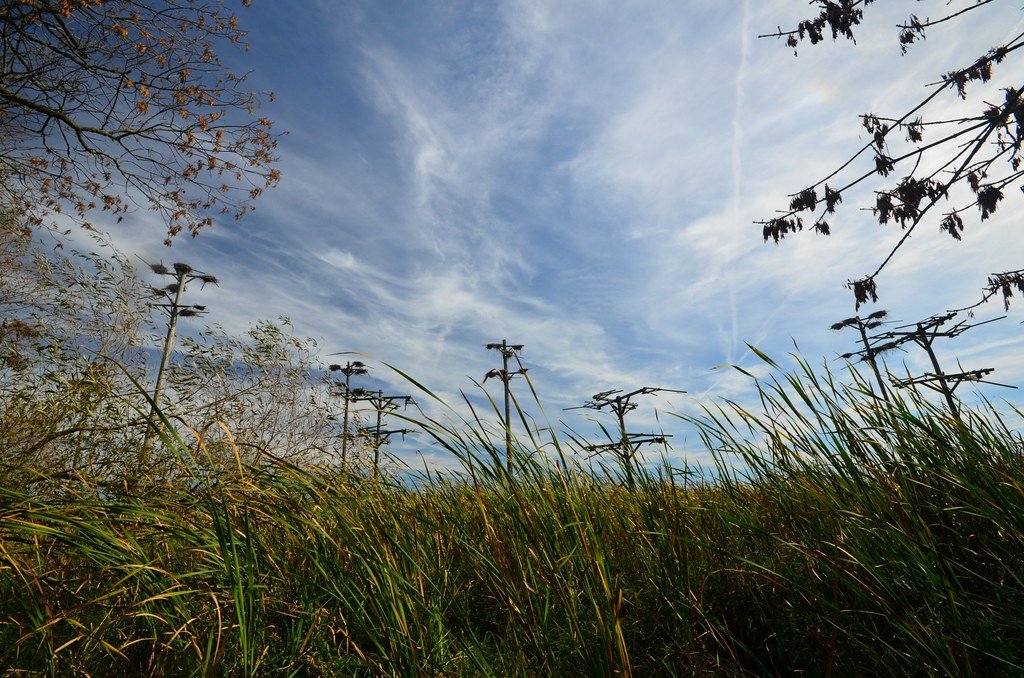Nature is a master of invention, crafting bizarre and fascinating adaptations that help animals survive and thrive in their unique habitats. From the depths of the ocean to the arid desert, animals have developed remarkable abilities that often seem like superpowers. These adaptations are not only essential for the creatures themselves but also offer incredible insights into the wonders of evolution and the complexity of life on Earth. Join us as we explore some of the most astounding animal adaptations that nature has to offer.
Bioluminescence: Nature’s Nightlight

In the dark depths of the ocean, where sunlight never penetrates, bioluminescence lights up the watery world. This phenomenon occurs when creatures generate their own light through chemical reactions within their bodies. Animals like the anglerfish use this glow to lure prey, while others, such as certain jellyfish, use it as a means of communication or defense. Bioluminescence exemplifies how life adapts even to the most extreme conditions.
Regeneration: The Power of Rebirth

Some species possess the extraordinary ability to regenerate lost body parts, a survival trick that seems straight out of a comic book. The axolotl, a type of salamander, can regrow limbs, spinal cords, and even parts of its heart. Starfish, too, can regenerate entire arms. This adaptation ensures these animals can recover from injury and survive in environments where predators are abound.
Camouflage: The Art of Invisibility

Blending into the environment is a classic survival tactic used by numerous species. The leafy sea dragon, for example, is a master at this, with appendages that mimic floating seaweed, rendering it nearly invisible in its aquatic habitat. Similarly, the chameleon can change color to match its surroundings, avoiding detection by predators and sneaking up on prey.
Mimicry: The Power of Deception

Mimicry is another fascinating adaptation where animals imitate the appearance, sounds, or behaviors of other species. The mimic octopus takes mimicry to extraordinary levels—able to impersonate over fifteen different species. By altering its shape, color, and movements, it can trick predators and prey alike, showcasing the power of deceptive adaptation.
Extreme Temperature Resistance

Deserts and arctic tundra offer extreme temperature challenges, but some animals have adapted remarkably. The Sahara silver ant can withstand the intense desert heat by using long legs to keep its body elevated off the hot sand. On the opposite spectrum, the arctic fox has dense fur and a compact body to conserve heat in freezing climates.
Super Hearing: Detecting the Undetectable
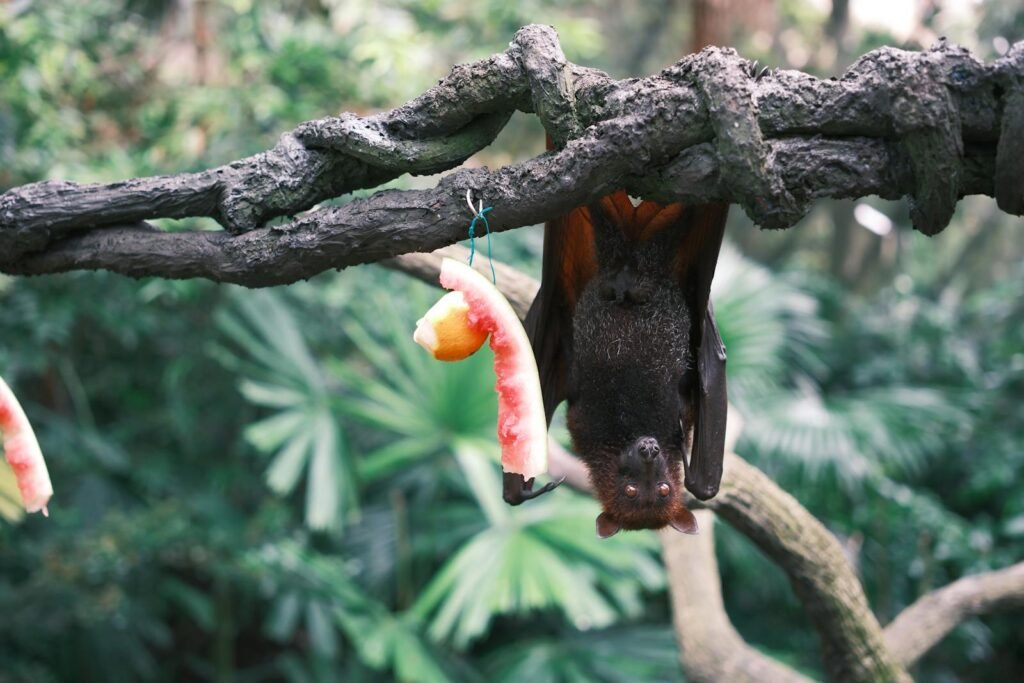
Bats employ echolocation, a form of biological sonar, to navigate and hunt in complete darkness. By emitting high-pitched sounds and listening for their echoes, bats can pinpoint prey and avoid obstacles with astonishing precision. This adaptation highlights how sensory enhancements aid in an animal’s survival.
Hibernation: The Long Sleep
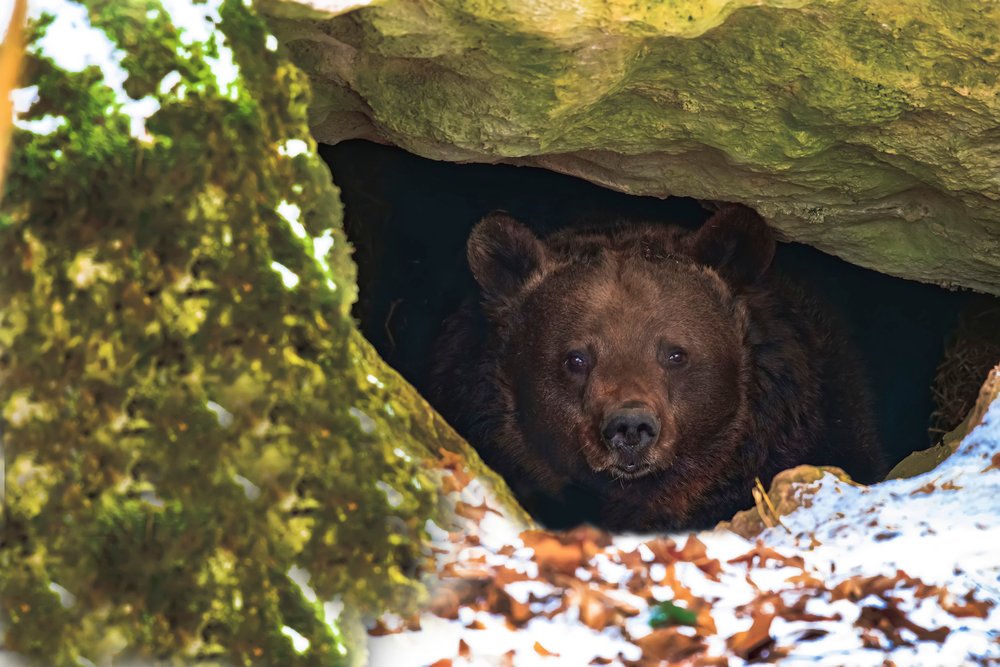
When food becomes scarce during winter, some animals enter hibernation, lowering their metabolic rate to conserve energy. Bears are renowned hibernators, subsisting through months without eating or drinking by living off stored body fat. This state of dormancy allows them to survive when resources are minimal.
Venomous Defense: Nature’s Secret Weapon
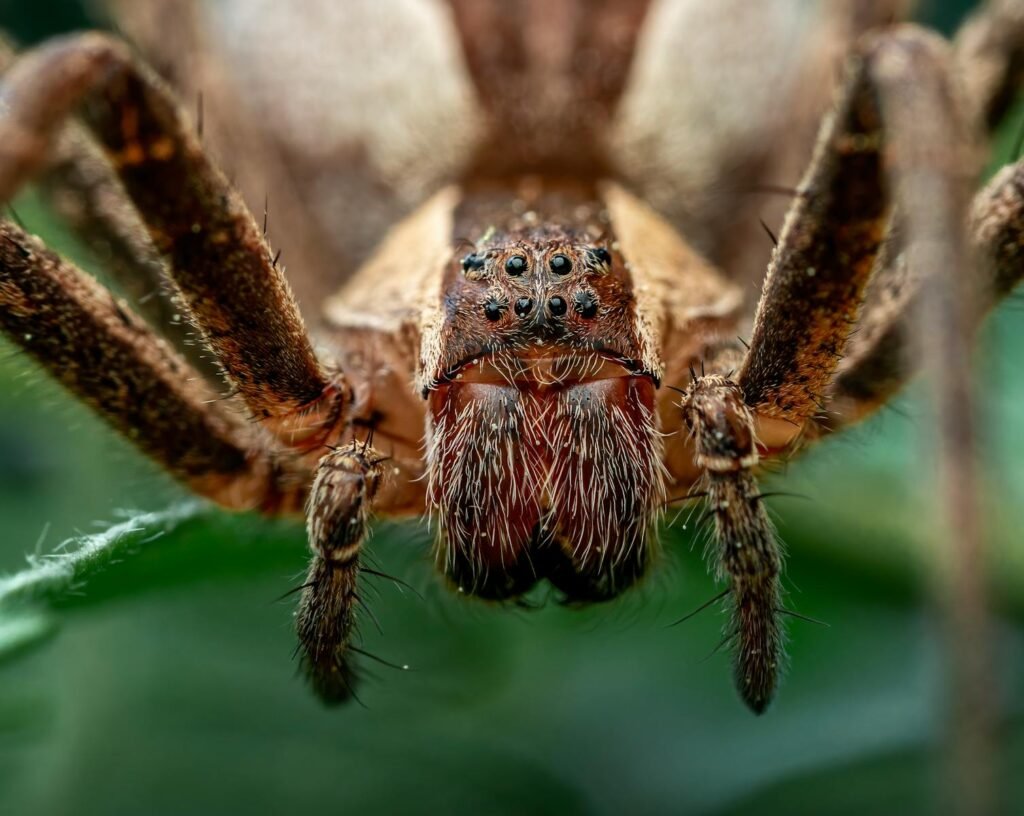
Many animals employ venom for defense or predation. The venomous bite of the inland taipan, the deadliest snake on Earth, can immobilize prey swiftly. Spiders use venom to subdue prey and liquefy their insides for easier consumption. This adaptation is both a means of capturing food and deterring potential threats.
High Altitude Adaptation
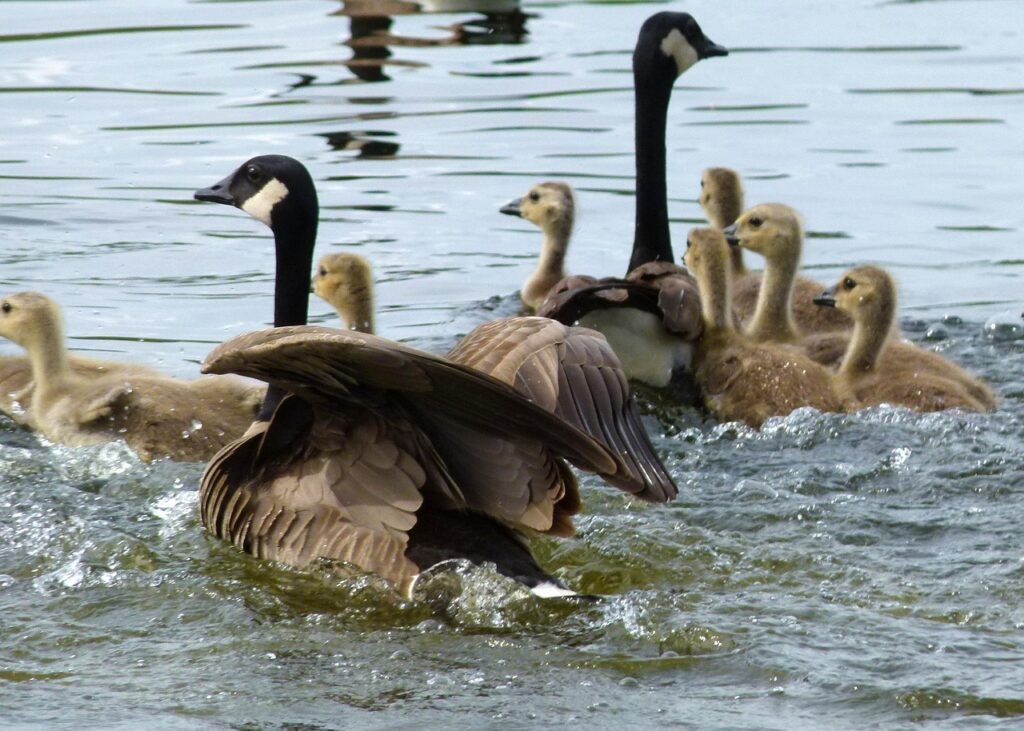
Animals residing in mountainous regions, such as the bar-headed goose, have adapted to life at high altitudes. These geese have specialized hemoglobin that allows them to thrive in low-oxygen environments, enabling their long migratory flights over the Himalayas. This adaptation exemplifies how creatures evolve to conquer extreme environments.
Electrolocation: Sensing the Unseen
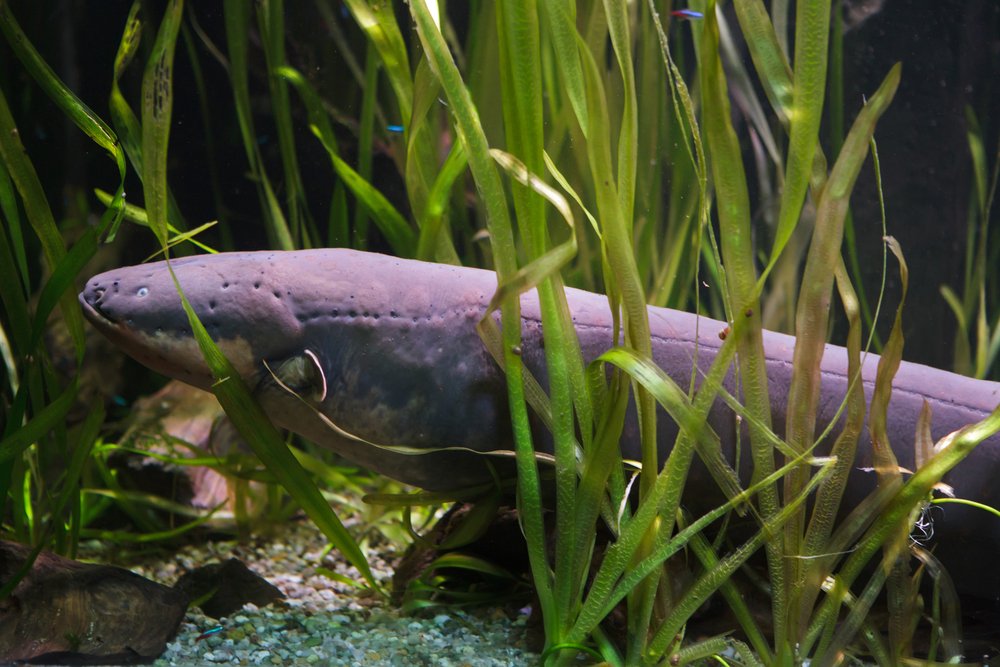
Electric fish, like the elephantnose fish, employ electrolocation to navigate murky waters. By emitting electric fields and detecting disturbances, they can locate objects and prey even in complete darkness. This adaptation reveals how animals can exploit alternative sensory modalities to surmount environmental hurdles.
Photosynthesis in Animals
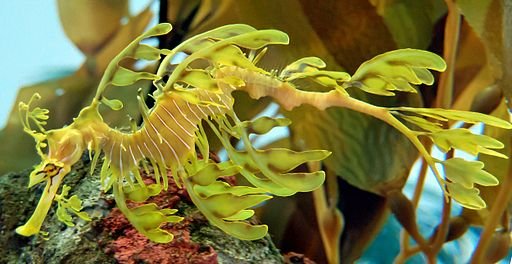
A few rare animal species can harness solar energy to complement their nutritional intake, much like plants. The emerald green sea slug absorbs chloroplasts from algae it eats, allowing it to perform photosynthesis. This extraordinary adaptation showcases the blurred lines between animal and plant capabilities.
Magnetic Navigation
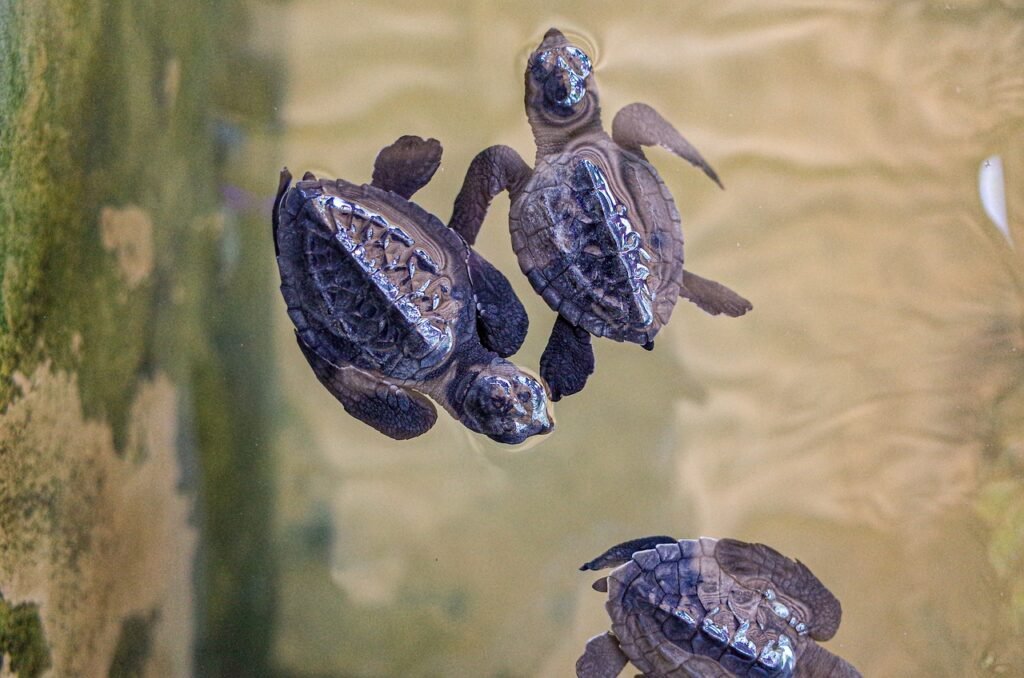
Many migratory animals, such as sea turtles and birds, possess the ability to sense Earth’s magnetic field. This built-in compass aids in navigation over vast distances without visual landmarks. This adaptation is key for survival, ensuring they find resources and suitable habitats throughout their life cycles.
Hydration from Metabolism

Camels, iconic desert survivors, have evolved to derive water from fat in their humps during long stretches without direct sources of water. This metabolic water production is an outstanding adaptation to the arid desert environment, allowing camels to travel extensive distances in search of food and sustenance.
Conclusion: Embracing Earth’s Extraordinary Diversity

The strange and remarkable adaptations of animals highlight the endless creativity of nature in the face of survival challenges. From luminescent lures in the blackest oceans to high-altitude avian voyages, these survival feats inspire awe and remind us of the complexity and resilience of life on Earth. As we continue to study these adaptations, we not only deepen our understanding of the natural world but also cultivate a profound appreciation for the intricate tapestry of life that shares our planet.


